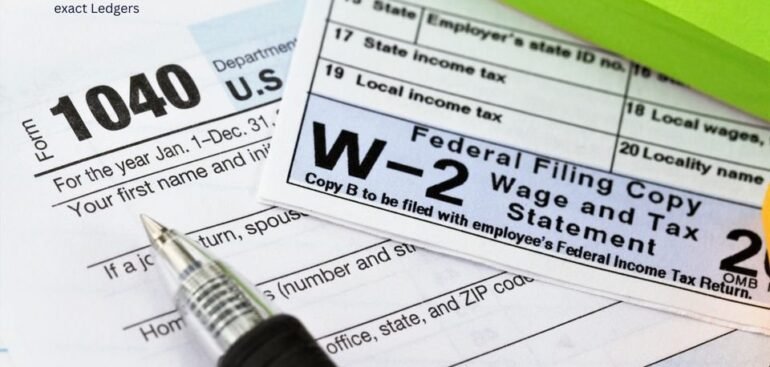In the realm of business operations efficiency reigns supreme. And when it comes to managing your workforce streamlined processes are paramount. This is where payroll forms come into play serving as the cornerstone of smooth and efficient payroll management.
Understanding Payroll Forms
At its core payroll forms encompass a variety of documents utilized in the payroll process. From employee information forms to tax withholding forms these documents capture essential data necessary for accurate payroll processing.
Let’s delve deeper into some of the most common payroll forms:
Employee Information Form
The backbone of payroll administration the employee information form collects vital details such as name address Social Security number and tax withholding allowances. This form lays the foundation for payroll processing and ensures that employee records are accurate and up to date.
W-4 Form | Employee’s Withholding Certificate
The W-4 form enables employees to specify their federal income tax withholding preferences. By completing this form employees inform employers of their marital status number of dependents and any additional withholding preferences thereby facilitating accurate tax deductions from their paychecks.
I-9 Form | Employment Eligibility Verification
Ensuring compliance with federal immigration laws the I-9 form verifies an employee’s identity and eligibility to work in the United States. Employers are required to collect and retain this form for each employee thus safeguarding against unauthorized employment.
Direct Deposit Authorization Form
In an era of digital transactions direct deposit has become the preferred method of disbursing employee wages. The direct deposit authorization form permits employers to deposit wages directly into an employee’s designated bank account eliminating the need for paper checks and streamlining the payroll process.
State and Local Tax Forms
In addition to federal tax obligations employees may also be subject to state and local taxes. Various forms such as state withholding forms and local tax forms enable employers to withhold the appropriate amount of taxes based on the employee’s jurisdiction ensuring compliance with regional tax regulations.
Optimizing Payroll Processes for Enhanced Business Performance
Efficiency is the lifeblood of any successful enterprise, and when it comes to managing your workforce, streamlined processes are essential. Enter payroll forms, the unsung heroes of payroll management. In this article, we’ll explore the significance of these forms and how they can revolutionize your payroll processes for the better.
Navigating Payroll Forms | A Roadmap to Success
Payroll forms encompass a diverse array of documents designed to capture critical information essential for payroll processing. From employee information forms to tax withholding documents, each form plays a vital role in ensuring accuracy and compliance in payroll administration. Let’s delve deeper into the realm of payroll forms and uncover their transformative potential.
Benefits of Using Payroll Forms
The utilization of payroll forms offers several advantages for both employers and employees alike:
- Accuracy: By collecting standardized information payroll forms reduce the likelihood of errors in payroll processing ensuring that employees are compensated accurately and promptly.
- Compliance: Payroll forms aid in compliance with federal state and local regulations governing payroll taxes employee eligibility and wage payments mitigating the risk of penalties and legal repercussions.
- Efficiency: Streamlined processes facilitated by payroll forms optimize the payroll administration process freeing up time and resources that can be allocated to other core business activities.
- Documentation: Payroll forms serve as a comprehensive record of employee compensation tax withholdings and employment eligibility providing a paper trail for auditing purposes and employee inquiries.
Conclusion
In the intricate tapestry of payroll management, payroll forms emerge as indispensable tools for ensuring efficiency compliance and accuracy. By leveraging the power of these documents businesses can navigate the complexities of payroll administration with confidence enabling them to focus on what truly matters: driving success and prosperity in the modern workplace.

